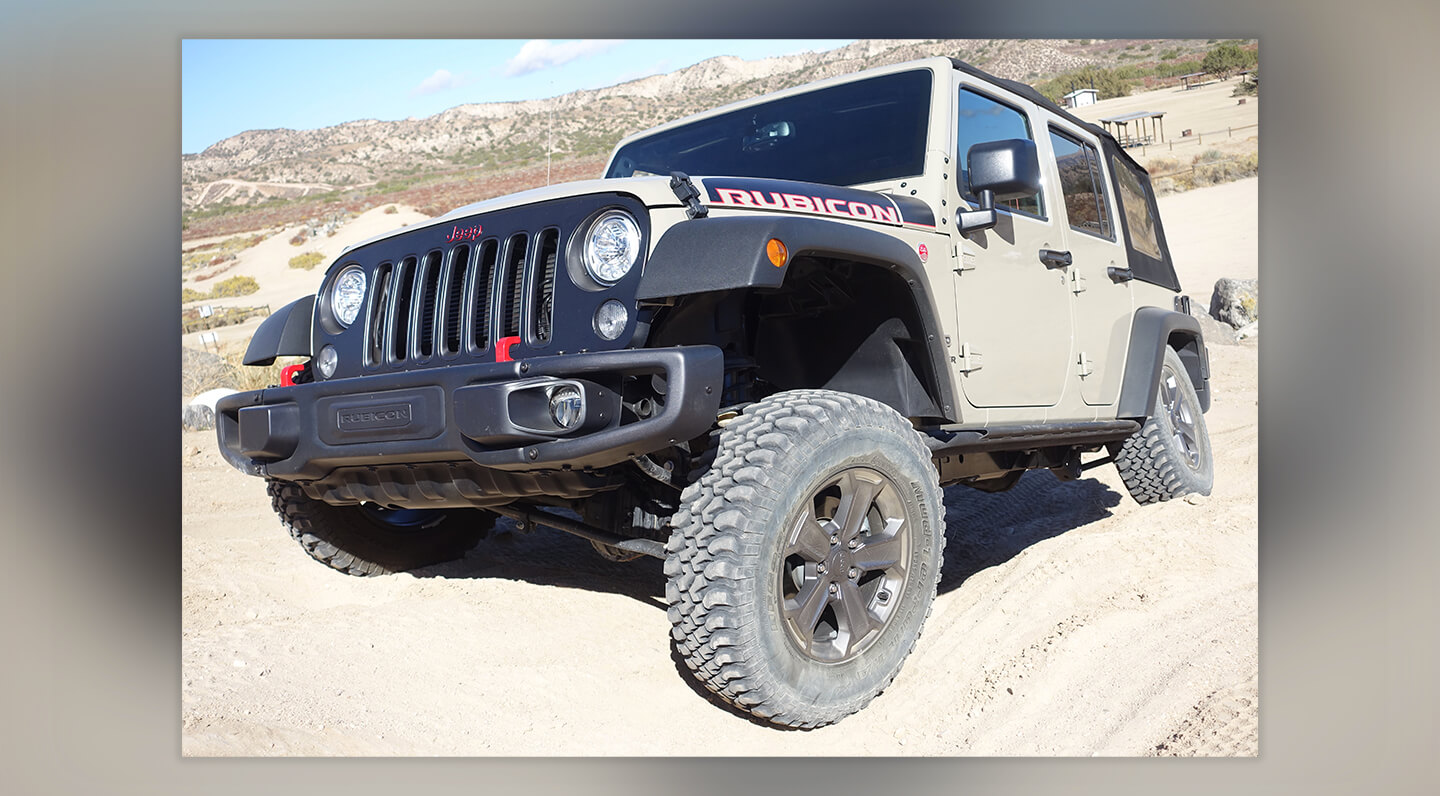
Photos by Ben Stewart and Jeep
The JK is easily the most popular and successful Wrangler of all time. These Jeeps were sold from the 2007 model year up until 2018 when they wore a “JK Wrangler” decal on their fenders and were offered alongside the all-new JL. In the U.S., Jeep moved more than 1.6-million of these machines over that production run. That’s a fairly astounding number. A huge percentage of these rigs have been built-up and routinely tackle tough trails around the country.
The Toledo factory churned out so many JKs that its very common to see them in every city and town across the country, happily logging pavement miles too. Basically, there’s no shortage of clean JKs on the used vehicle market with minimal off-road miles, ready to become your next project. Jeep produced JKs in a wild array of trim levels and special editions. So, it’s possible to find some really neat and in some cases rare versions of the breed.
Why Was the JK So Popular?
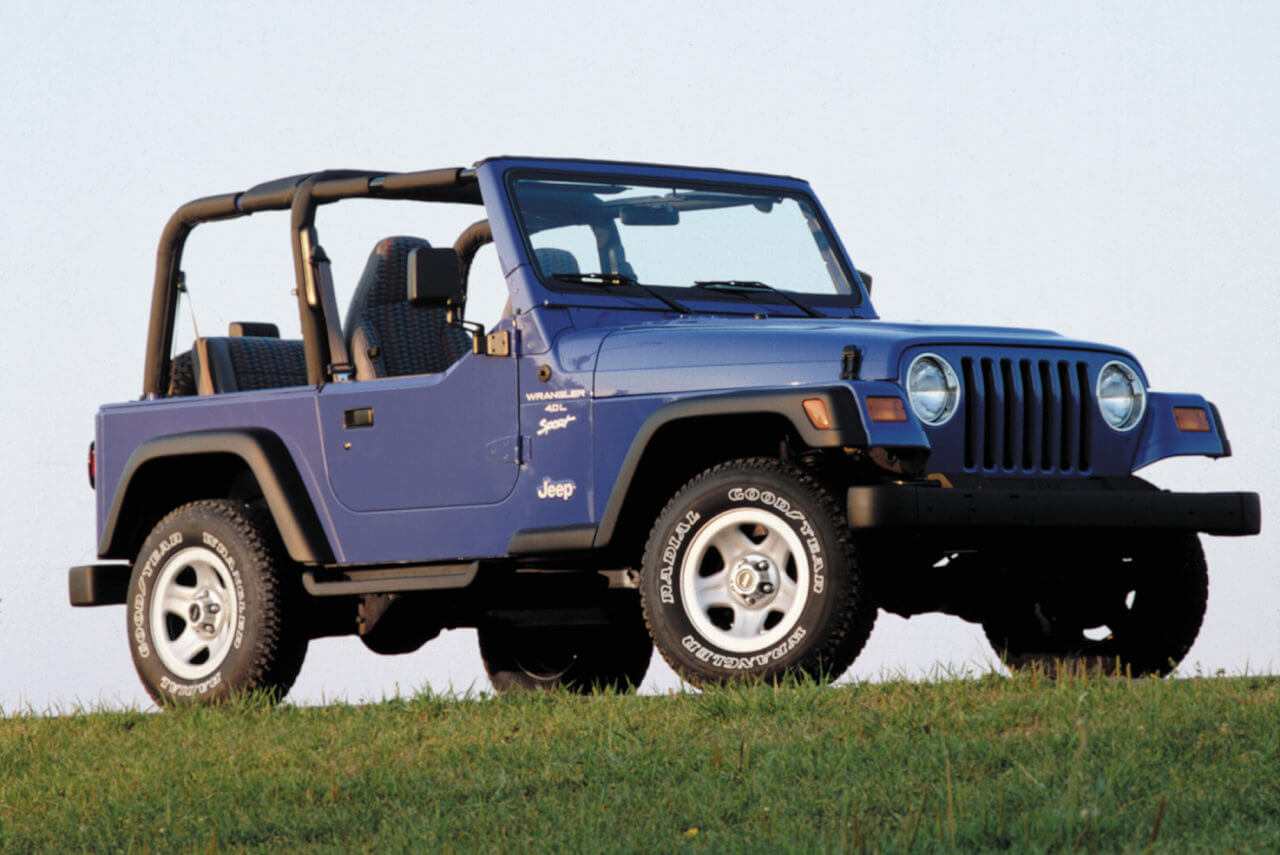
In a word—doors. The 1997-2006 Jeep TJ was one excellent machine. Thanks to the Jeep’s plush coil-spring suspension, it had serious articulation. And when combined with the new-for-2003 Rubicon trim, a bone stock TJ could conquer hardcore trails. But here’s the thing about the TJ: it was small. The longer LJ added a full 10 inches to the TJ’s 93.4-inch wheelbase when it arrived in 2004. That helped make the LJ a more useful and very desirable trail rig. But the LJ still only had two doors.
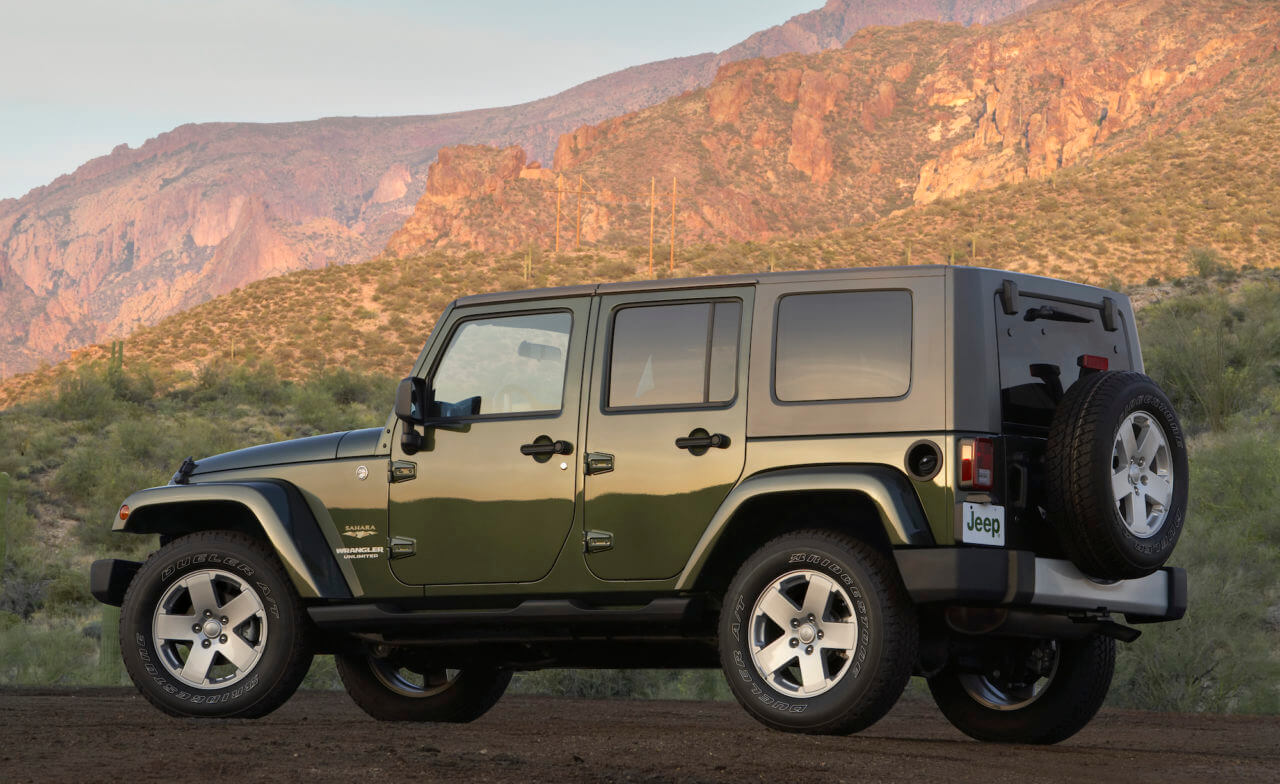
As far back as 1997, Jeep experimented with the idea of a four door Wrangler. The Dakar Concept added two extra doors to the TJ. It was smart but never made it to production. Perhaps it should have. Because the all-new JK arrived with both a two-door riding on a 95.4-inch wheelbase (two inches longer than the TJ) and an Unlimited four-door model rolling on a huge 116-wheelbase. That’s way longer than the classic “fullsize” Wagoneer’s 109-inch wheelbase. In fact, the 2007 Wrangler Unlimited had the exact same wheelbase as a Chevy Tahoe of the same year. The JK was also 5.5 inches wider than the TJ too.
Translation? Jeep super-sized the Wrangler.
And that meant this was the first Wrangler that had the roominess and the doors necessary for a practical family rig. It also rode better and could tow a bit more too thanks to that longer wheelbase. It didn’t take long for the Unlimited to became the more popular model. By the end of its run, the four-door was close to 90 percent of sales.
Off-Road Chops
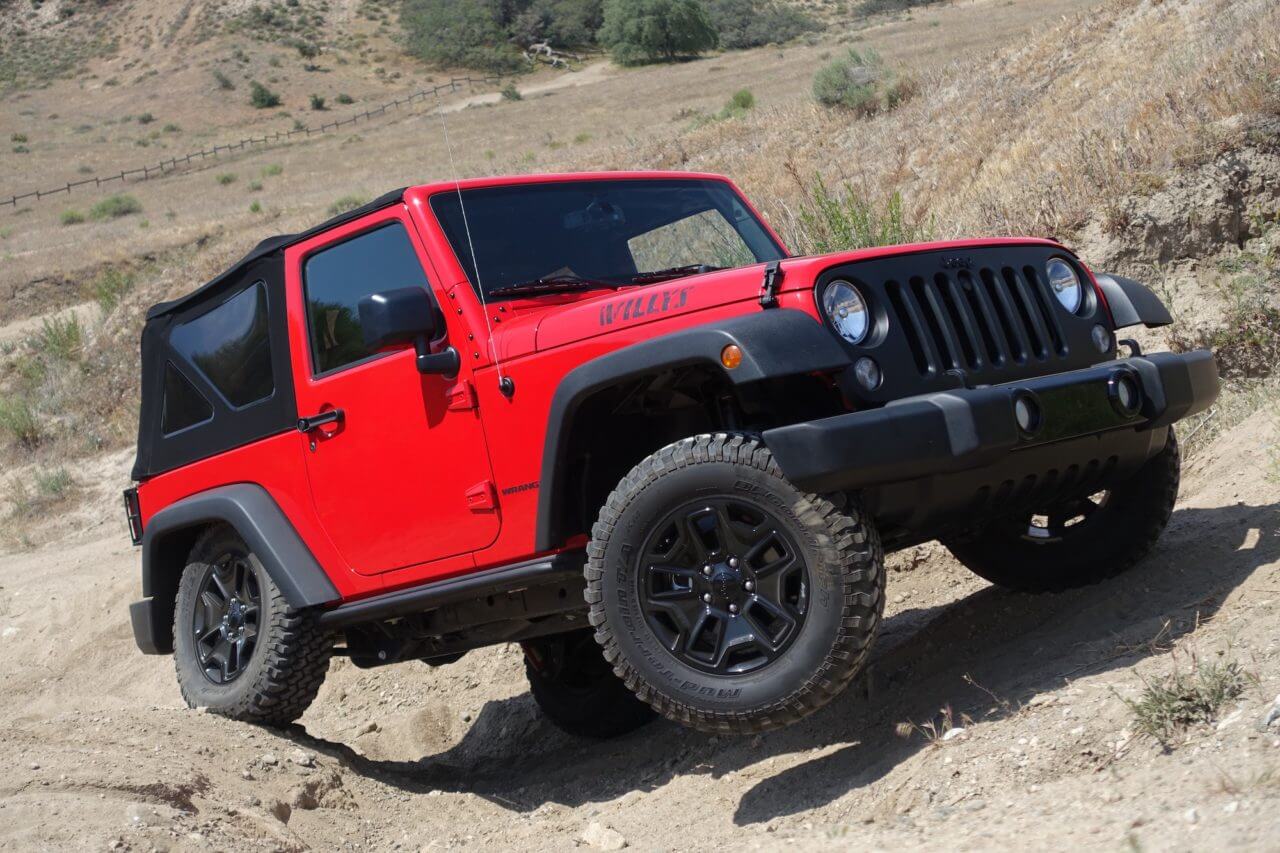
If there’s one thing every JK model has in common, its off-road capability. Even a stock JK Sport with some good tires can be fun in the dirt. Most JKs have Dana 30 front axles and 44 rear axles. And for mild to moderate trails they work just fine. But for those looking for more capability and a drivetrain with big tire strength, there’s the Rubicon. Every JK Rubicon used Dana 44 axles front and rear with electronic locking differentials, a transfer case with a 4.0:1 low range and rides on 255/75R17 BFGoodrich Radial Mud Terrain tires that measure out to roughly 32-inches tall.
The breakthrough feature for the JK Rubicon was an electronically disconnecting front swaybar—tech borrowed from the Dodge Power Wagon. The feature unlocked incredible axle articulation and turned the JK Rubicon into a legit trail boss. As the JK evolved over its lifespan, special models would incorporate hardware like a rear locking differential and mud tires to boost capability. But no JK model was more capable than the Rubicon.
Slow At First
The JK might have had the right packaging to draw a wider audience than the TJ. But under the hood, those early JKs needed more power. When the company developed the new JK, it retired the sweet-running and torquey 4.0-liter straight six. In its place was a 3.8-liter V6, an engine Jeep shared with the Dodge/Chrysler minivans. And it definitely worked better in those vans. The V6 had just 202 hp and developed 237 lb-ft of torque way up at 4,000 rpm. So even when equipped with a six-speed manual, JKs were very slow. Our friends at Car and Driver tested one in 2010 and found that it sauntered to 60 mph in 11.2 seconds. That’s pokey. Large tires and a lift only make matters worse. This engine isn’t particularly known for its reliability either, with mechanical maladies plaguing some engines before they even turn 100,000 miles.
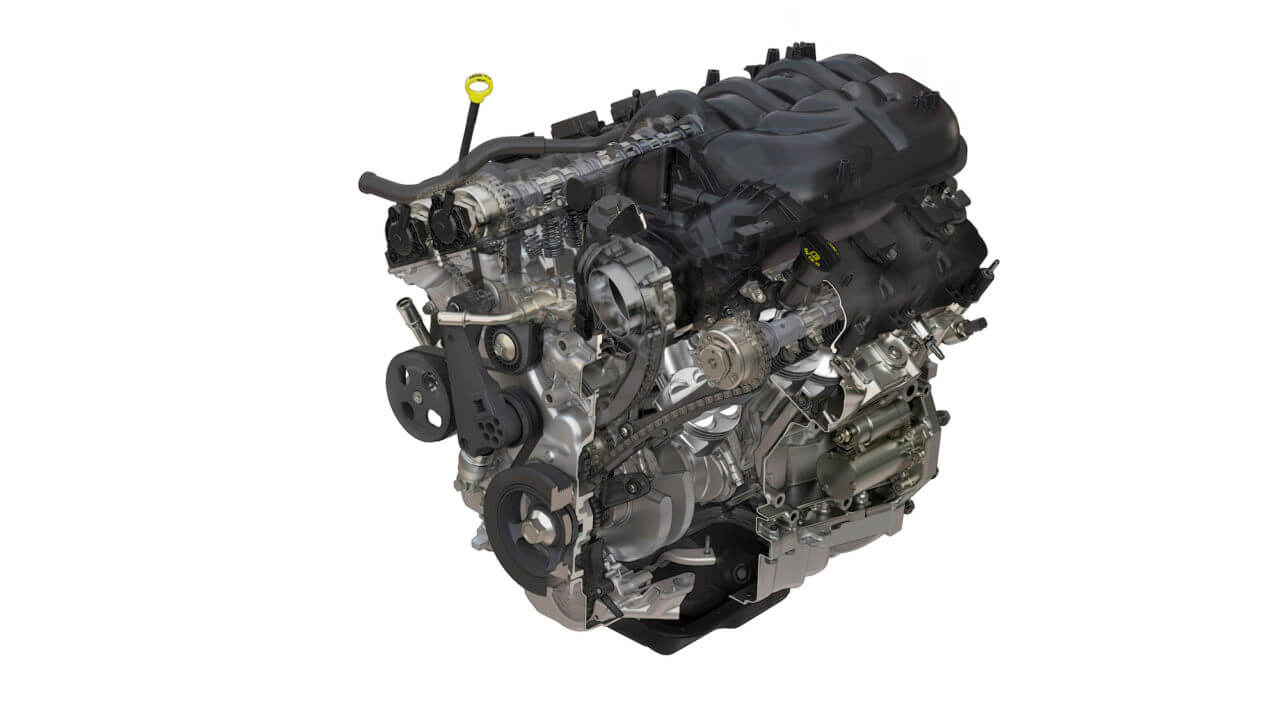
Relief came in 2012. The aged 3.8-liter V6 was replaced with the potent 3.6-liter Pentastar V6. The new V6 cranked out 285 hp at 6,400 rpm and 260 lb-ft of torque at 4,800 rpm. That’s a solid 40 percent boost in horsepower and ten percent improvement in torque. And it came paired to a new 5-speed automatic joining the six-speed manual. As one might imagine, the JK went from sluggish to speedy. Car and Driver‘s testing saw a 0-60 mph time of 7.6-seconds on an updated JK with this engine—a huge improvement. This turned the JK into a more fun and useful rig. Finally, a heavily-loaded Unlimited Rubicon with a hard top could cruise freeway grades at 75 mph without the engine screaming and struggling. And now, there was enough power to turn larger-than-stock tires too.
Inside Matters
The first JKs from 2007-2010 had an interior that was typical of Jeep’s parent company DaimlerChrysler at the time. Cost cutting across all brands left luxury cars, like mid-level Mercedes-Benz and Chrysler cars, with interiors that felt cut-rate and looked cheap. The real victims were the vehicles at the lowest end of the price spectrum like Jeep’s Wrangler. The JK’s interior was roomy but filled sea hard, low-cost plastic. Take one for a road trip and your elbows will be sore from resting them on anything inside the vehicle. Plus, longtime Jeep fans noticed that the company did away with the TJ’s convenient dashtop tray for the JK. Something needed to be done.
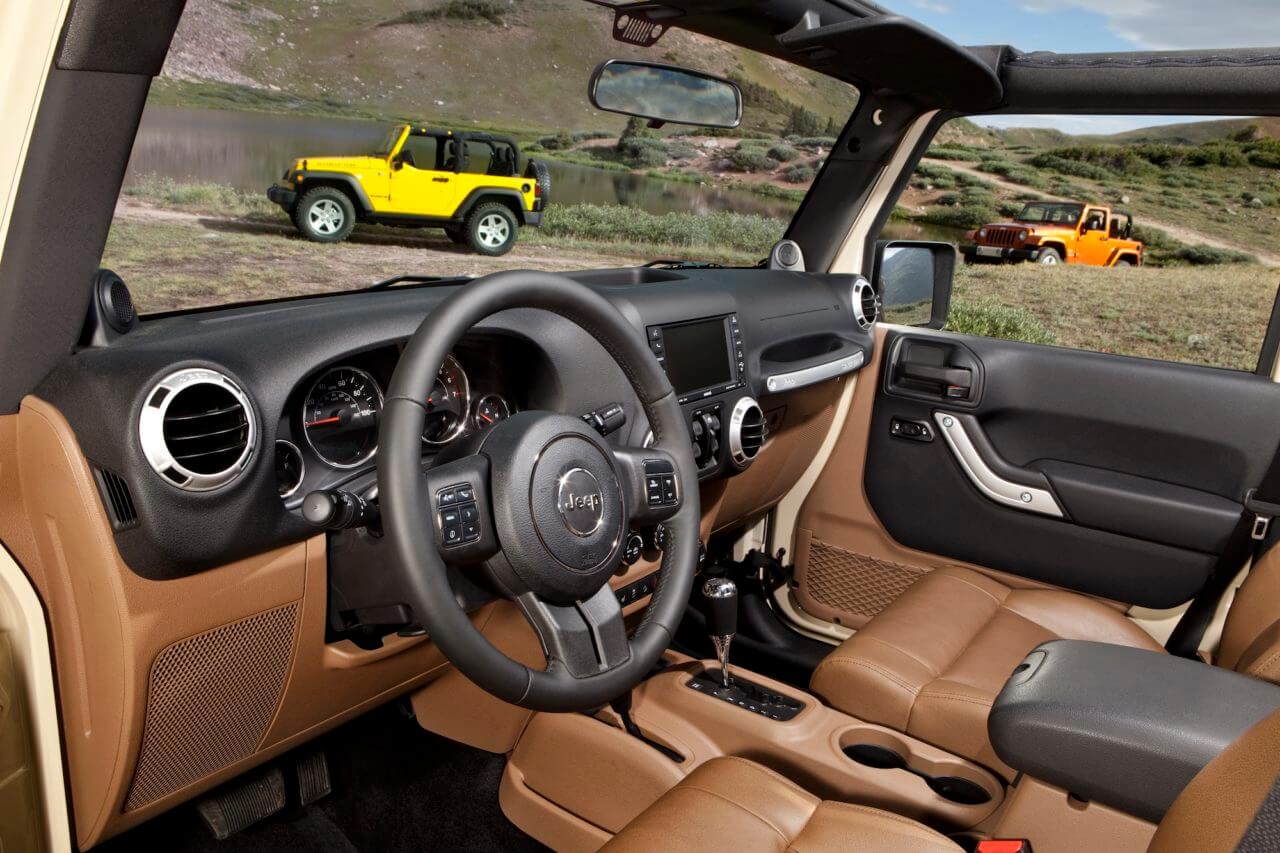
In 2011 Jeep fixed all that with an all-new interior that included a more upscale look as well as finer materials and more acoustical countermeasures to quiet things down. In addition, Jeep added steering wheel controls for functions like audio and cruise control and more luxury features like heated mirrors and seats. And they engineered a new dashtop tray for all those old-schoolers that grumbled. This was the JK interior we wanted all along.
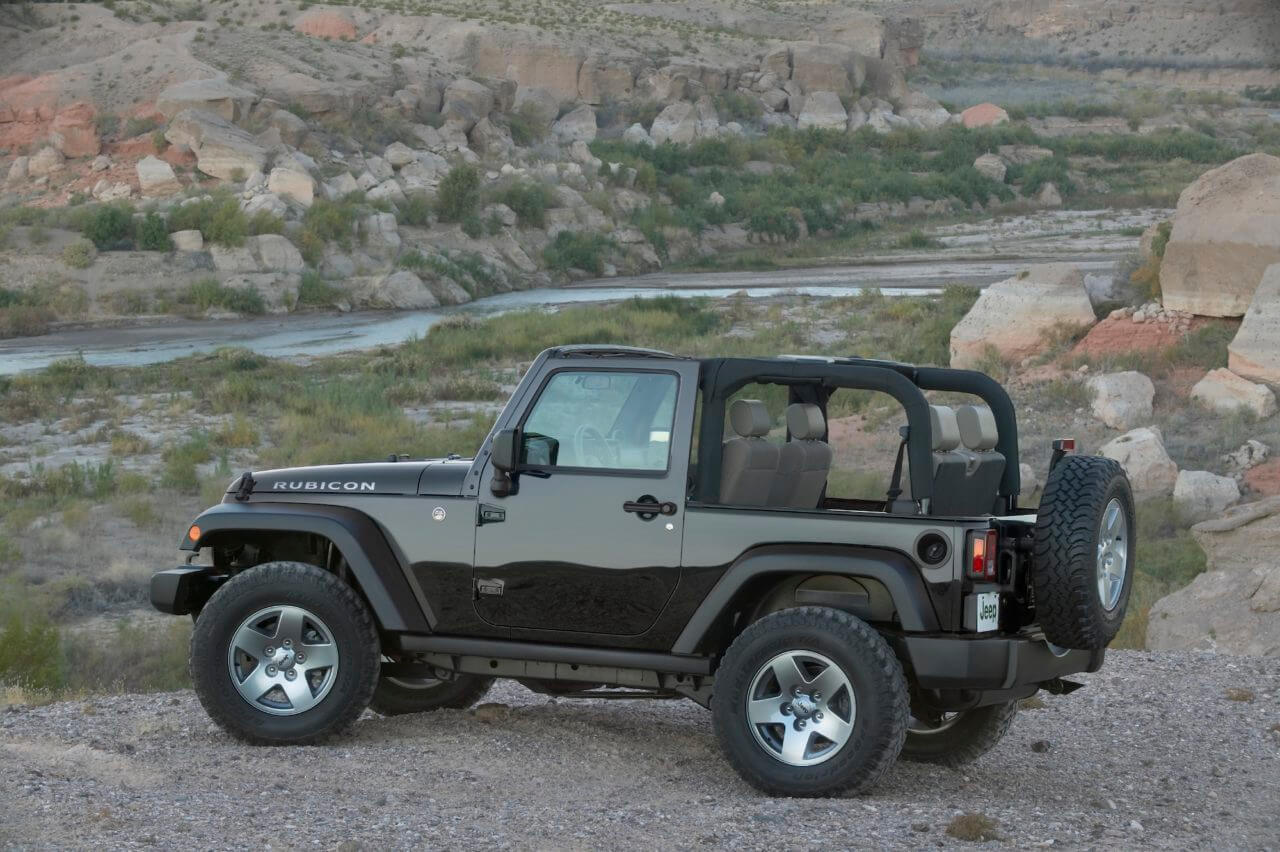
Behind the Wheel
As mentioned earlier, the drivetrain upgrade to the Pentastar V6 in 2012 was a massive improvement as was the five-speed automatic. Of course, we dig the six-speed manual too. The optional 3.73:1 gears further wake up the JK’s personality. However, there’s very little difference in the ride and handling between an early JK and a later one. Jeep said the JK’s frame was 100 percent stiffer and the body structure was 50 percent stiffer when compared to the older TJ. Even so, take a JK through a field of potholes and the windshield header and steering column will quake and vibrate slightly. Even with a full hardtop, the JK is loud on the freeway with plenty of wind noise compared to a new JL or any other modern SUV.
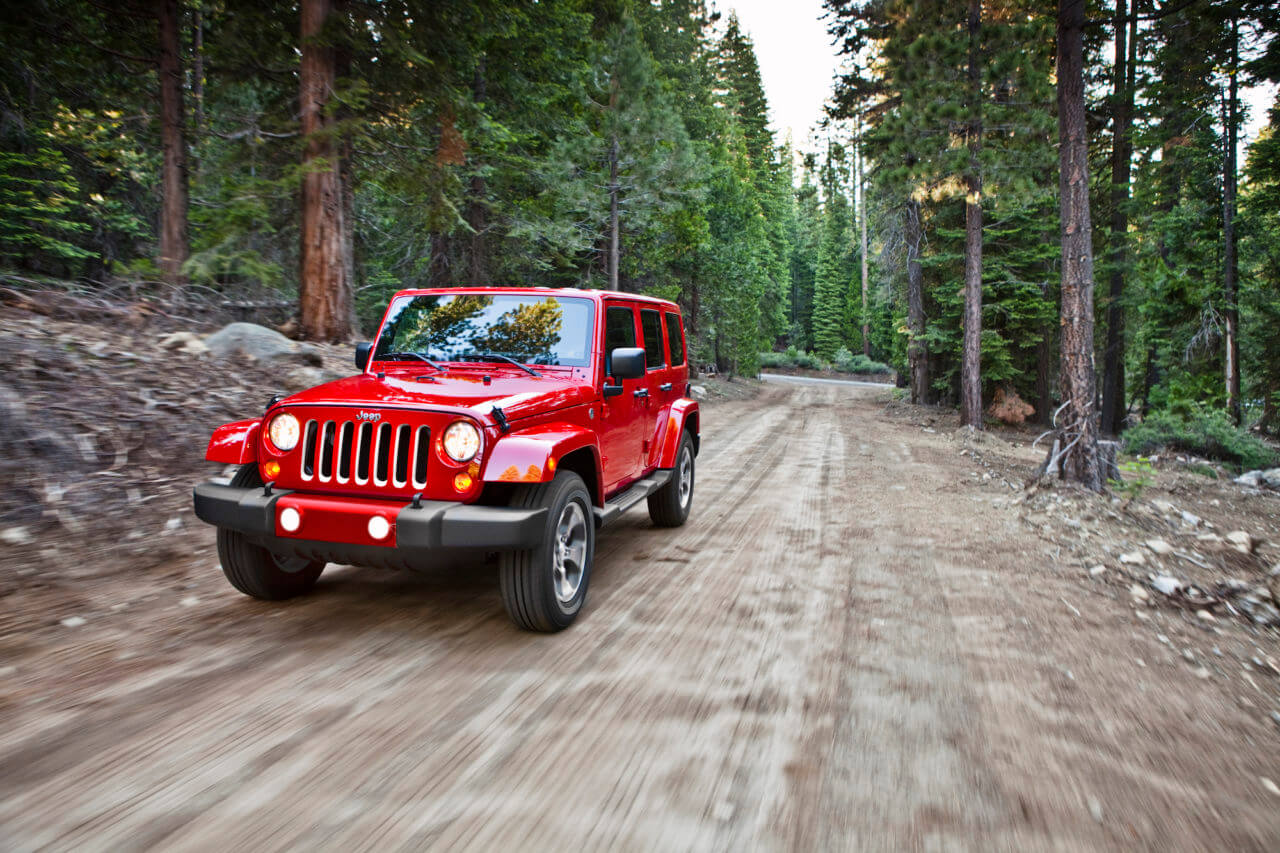
These are not agile vehicles, especially the four doors. The steering is slow and Unlimited models have a wide turning circle. And because the steering column doesn’t telescope, drivers with shorter arms have to sit closer than they might otherwise. Still, finding comfort in the JK isn’t too hard. The 2011 interior redesign was a major breakthrough yet the top models make due with a tiny 6.5-inch touch screen. Unfortunately, there was no backup camera available on any year JK and LED headlamps were only optional during the last two years of the JK’s life. Plus the suite of safety equipment available on a JL, like rear cross traffic alert, forward collision warning and adaptive cruise control were simply never offered on the JK. But don’t think a nice JK is tough to live with as a daily driver—it’s not. This is a ridiculously capable 4X4 that’s easy to modify and repair. Just don’t expect the same level of refinement as more modern 4X4s.
Special Editions
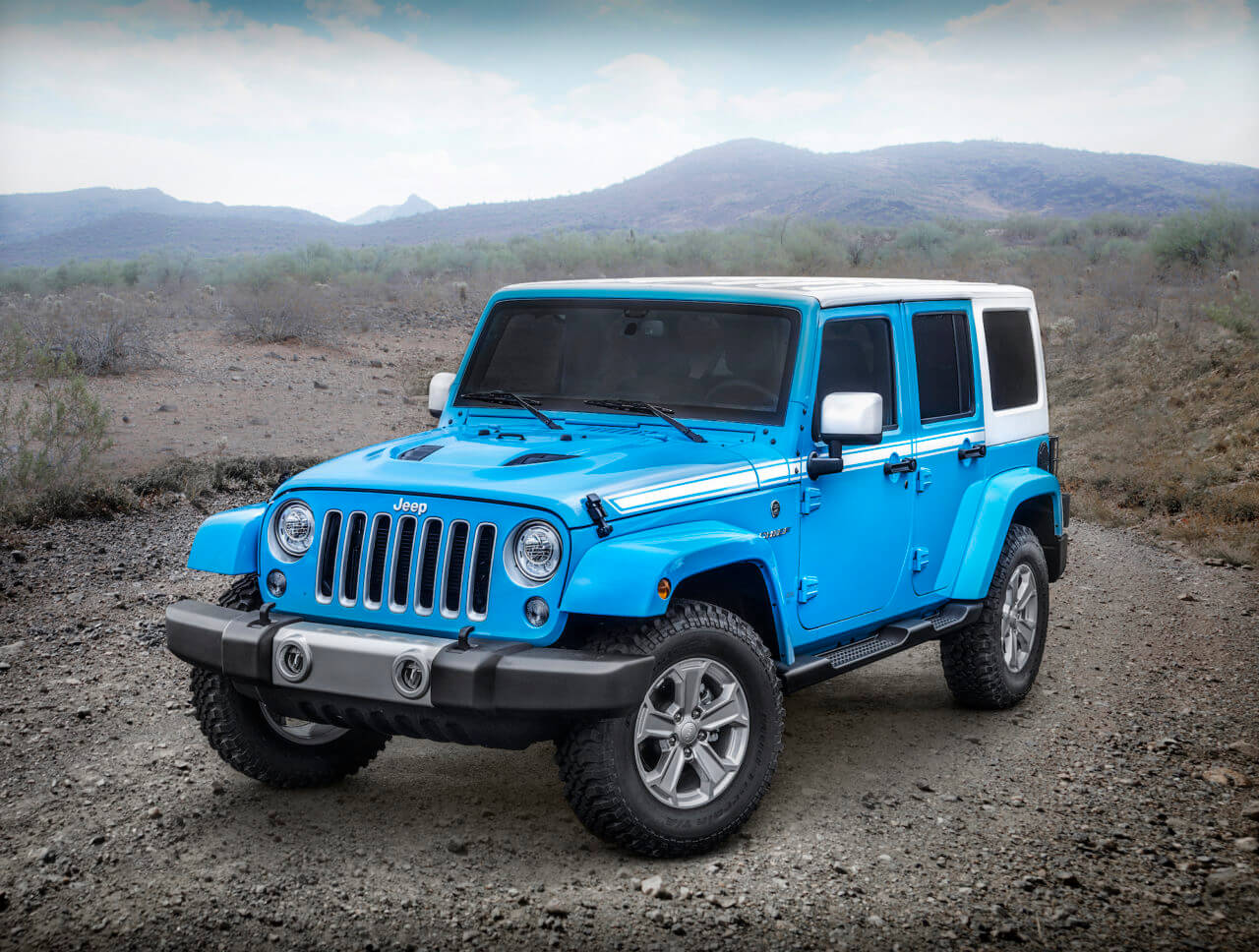
More than any Wrangler in history, the JK benefitted from numerous cool special editions and unique packages. At last count we found at least 17 of them, some packing legitimate mechanical upgrades. The 2011 Call of Duty Black Opps Edition was one of the first. It was essentially a Rubicon with dark wheels, a Mopar fuel door and taillamp guards along with black paint and dark wheels of course.
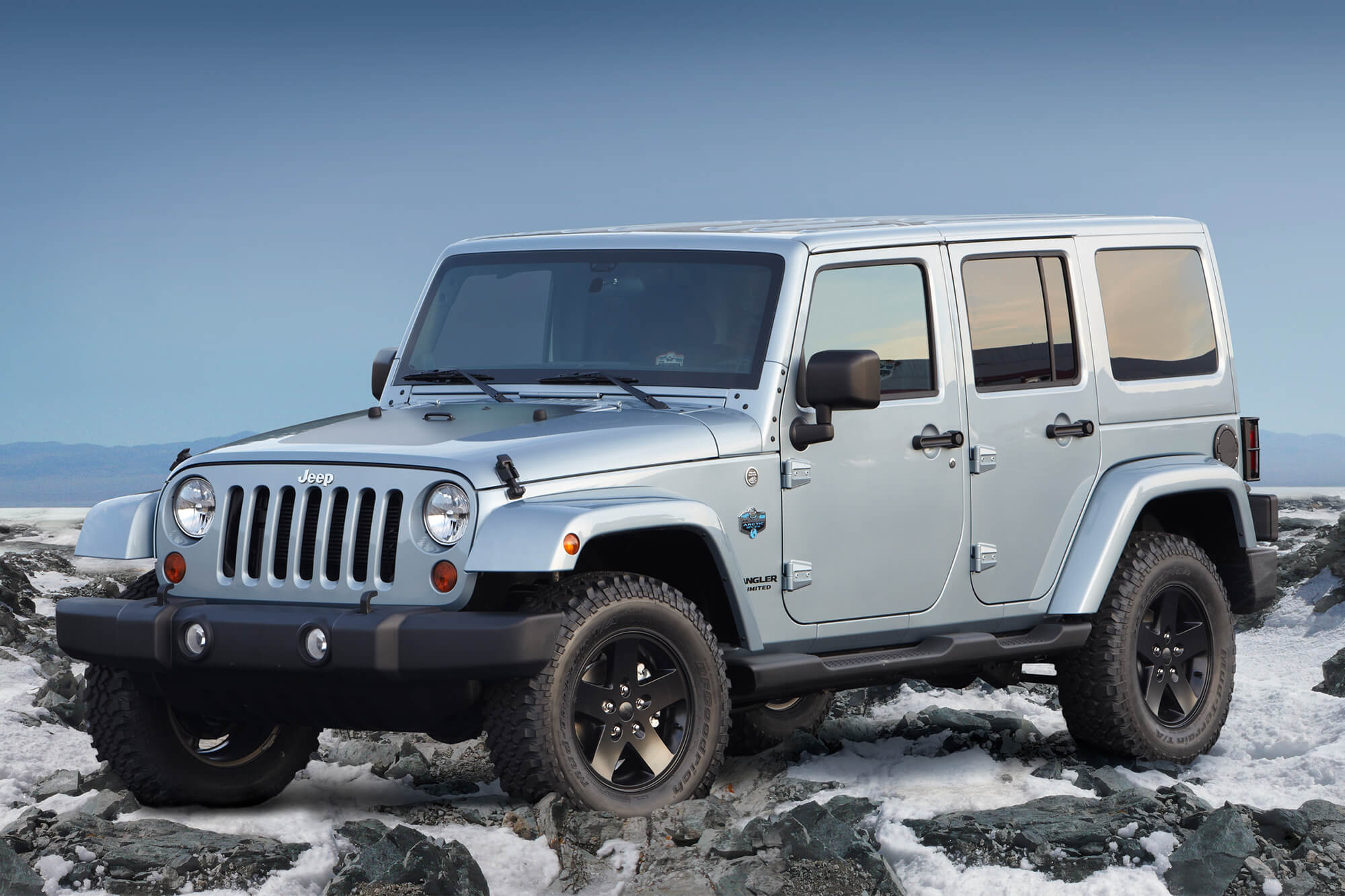
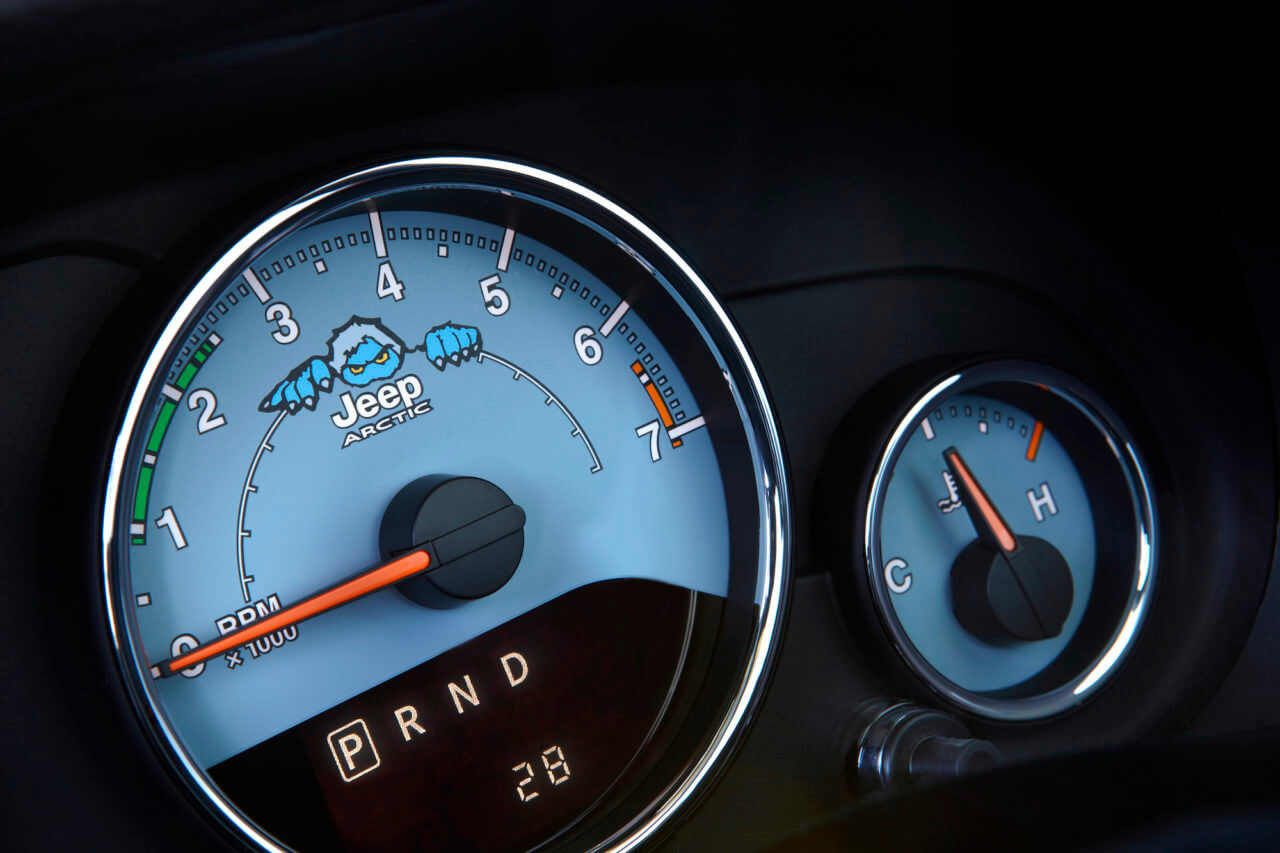
But in 2012, Jeep launched a staggering five special editions in just one year. Those included the Unlimited Freedom Edition, Unlimited Altitude, Mountain Edition and Call of Duty MW3 Special Edition. The company doesn’t break out specific production numbers for special editions. But each one of these rigs should be fairly rare today. One of our favorites was the Unlimited Arctic, which featured a fun Yeti cartoon graphic on the badge, seats and even the tachometer.
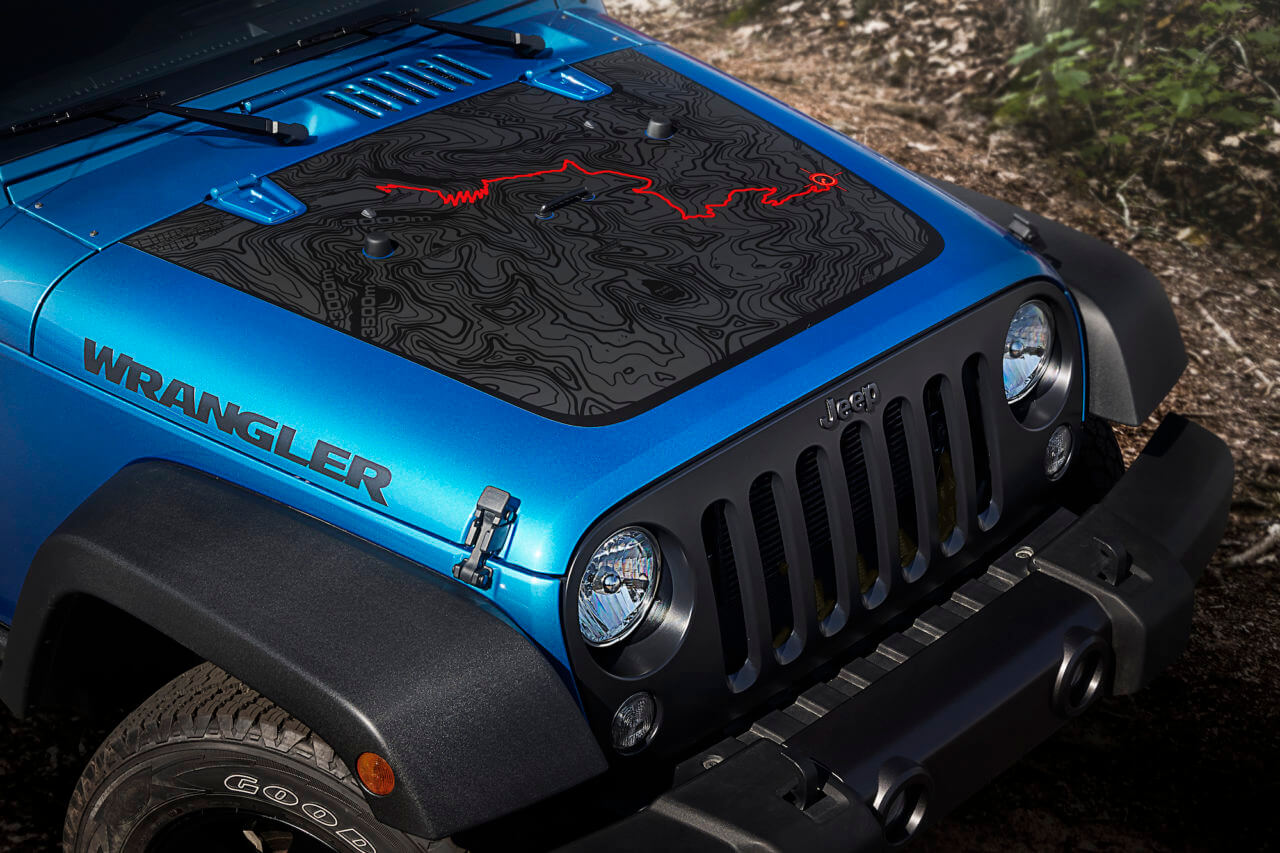
The 2013 Moab Edition and 10th Anniversary Rubicon were two cool ones. The Moab included a winch-ready steel bumper, rock rails and best of all, an electronic locking rear diff. By 2016, Jeep was developing some of its best packages for the JK. We really dig the Black Bear Edition which wore a topo map of Colorado’s Black Bear Pass trail on its hood and featured rock rails and Goodyear Silent Armor tires.
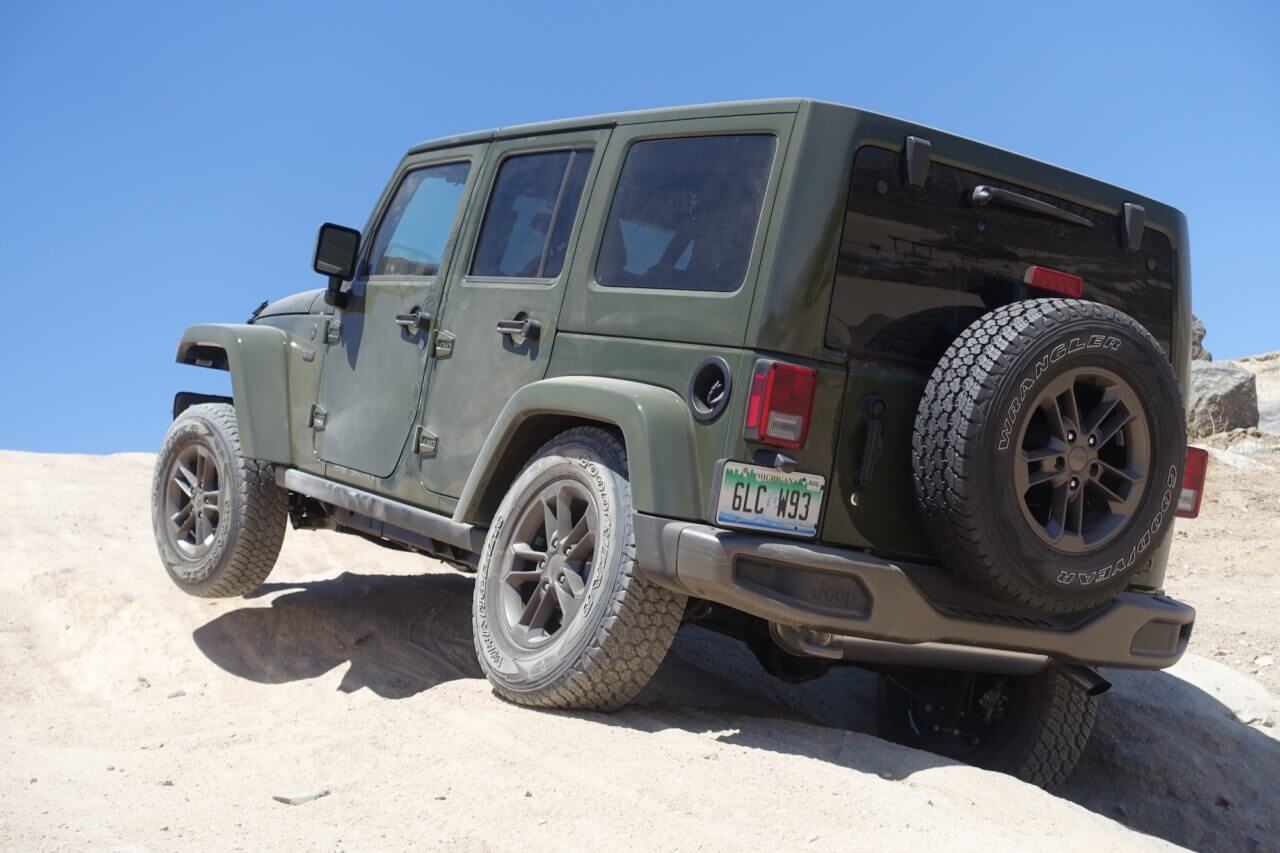
To mark the brand’s 75th anniversary, it launched an Unlimited model dipped in stunning “Sarge” green paint (or six other colors) and bronze wheels wrapped with the same 245/75R17 Goodyear tires as the Black Bear Edition. The package added $4,680 to the cost of a Sahara and included rock rails as well as the ability to option an electronic rear locker along with 3.73:1 gears. It made for a plush and capable package, albeit an expensive one.
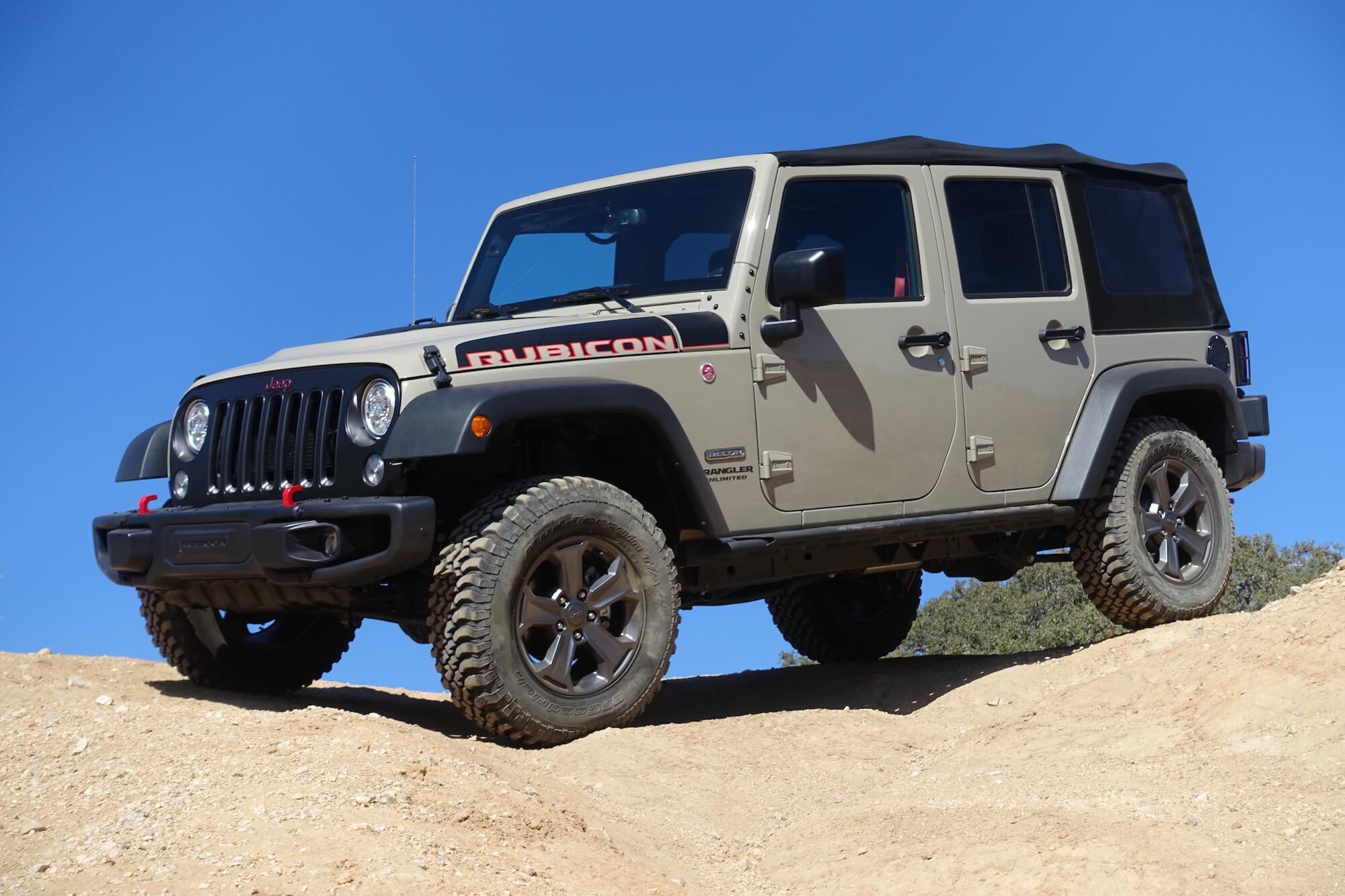
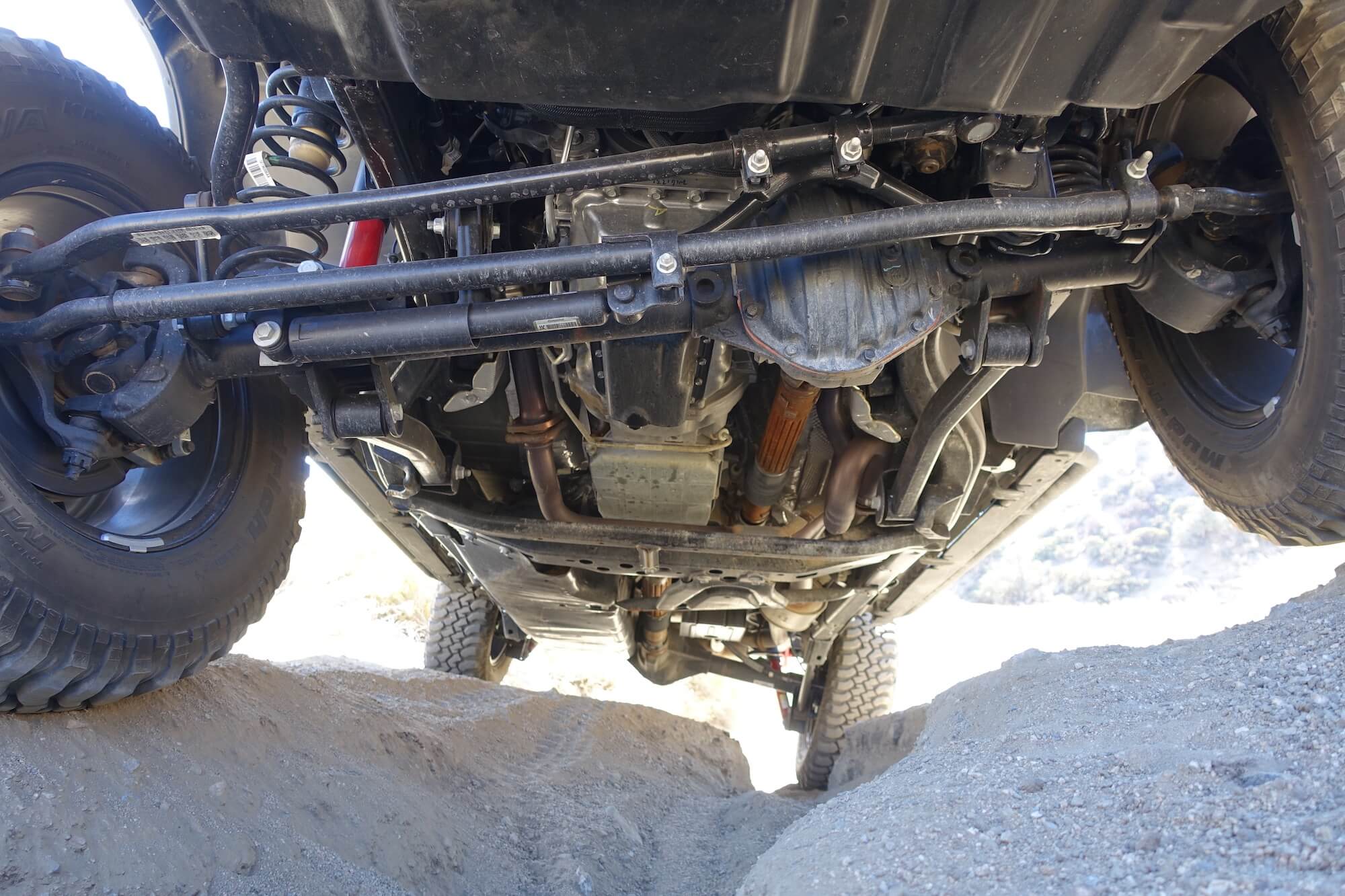
Perhaps our favorite special edition was the 2017-2018 Recon. The Recon built upon the Rubicon trim but added some very unique mechanical parts that seemed to foreshadow what was to come in the all-new JL. For example, the front Dana 44 axle wasn’t the same one slung under other Rubicons. The Recon used thicker axle tubes and stronger, heavy-duty end forgings to resist bending. Jeep engineered a half-inch lift for the Recon in case the owner wanted to fit slightly larger 33-inch tires and used special shortened rock rails to help potentially fit 35-inch tall tires in the future. The “Gobi” tan paint and blacked out trim made this one of the toughest looking JKs too.
Best Buys
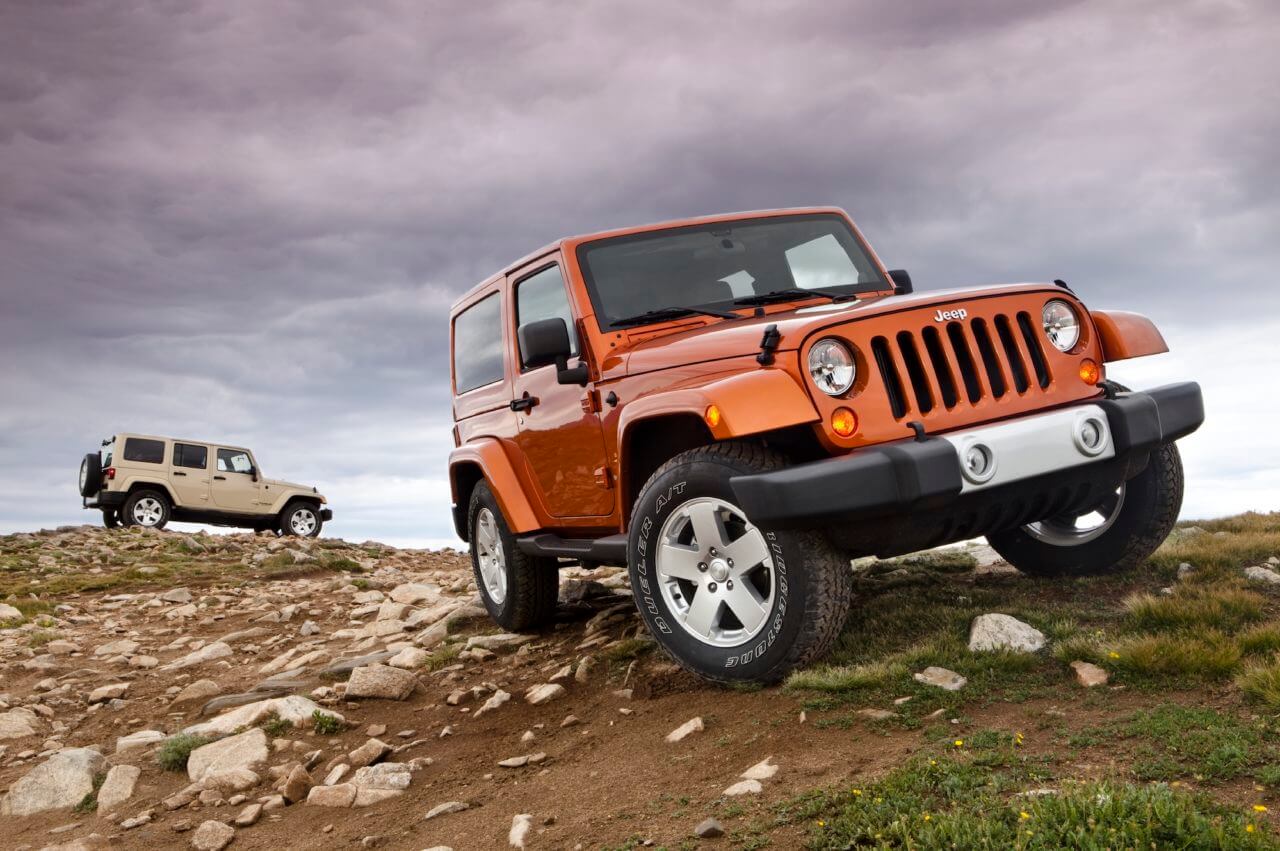
It’s easy to find JK Wranglers on just about every used car lots around the country. The earliest ones (pre-2011) are the cheapest ones and a basic Sport model would make a great starting point for a hardcore trail rig build. If there’s more money in the bank, shop for a 2012 or later JK—the potent 3.6-liter V6 and upgraded interior are worth every penny. Would we pony up for a Rubicon model? That depends. If the goal were to toss the stock axles and go for one-tons and 40-inch rubber, then the Rubicon might not make sense. But to use on milder trails, we would be very tempted to hunt down a cool special edition like the Rubicon Hard Rock or Recon add a mild suspension lift, some bypass dampers and a winch and go have fun at a much lower price point than a new JL.



2